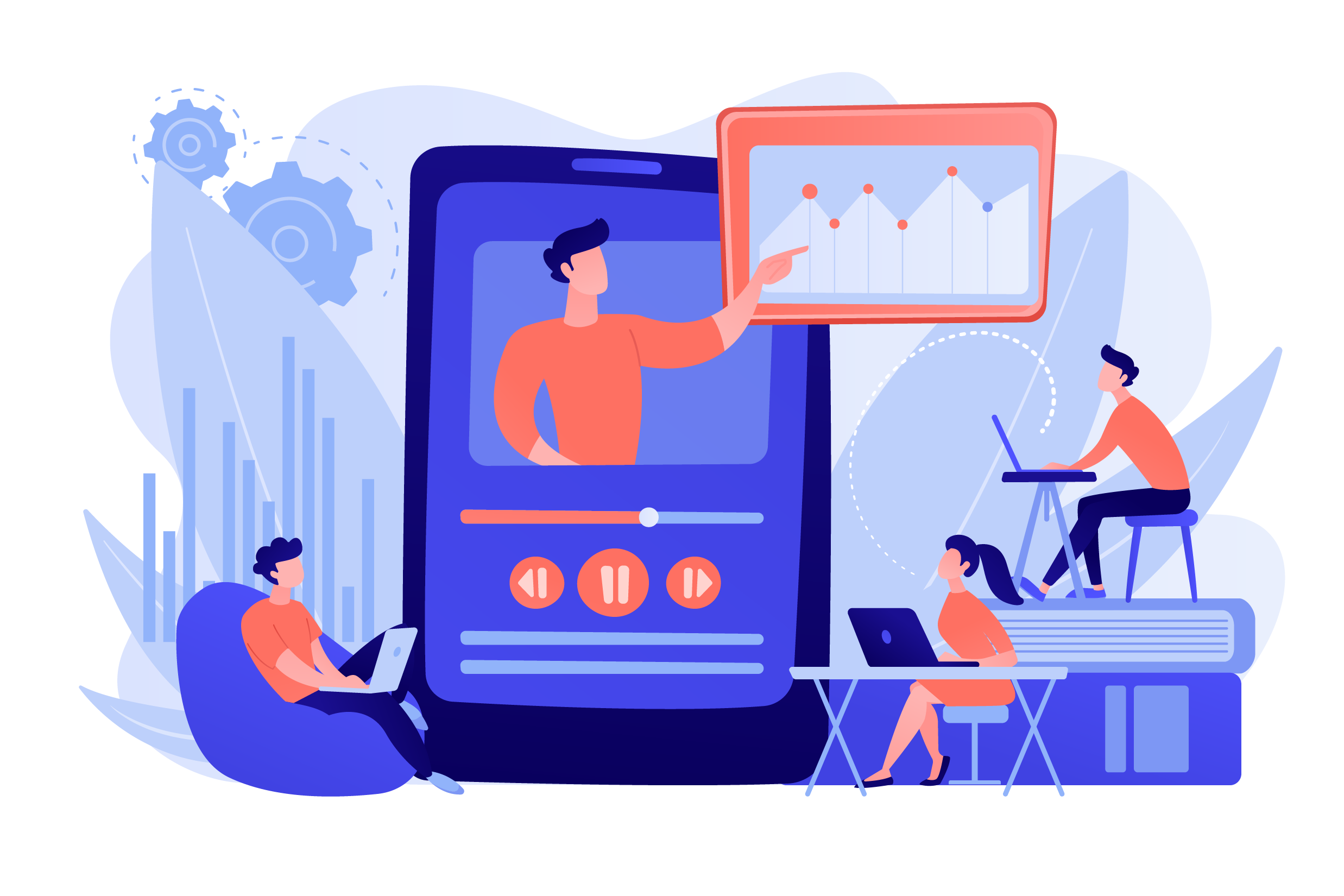

Traditionally, as for the lab computer, it requires teachers and students to enter the physical computer laboratory to use the software and hardware resources for teaching and learning (L&T). As for the office, it requires staff to work on their computers in the office - because these computers have all kinds of pre-installed office software. This brings us to the question that what if one does not have the access to the lab or office, but still needs to use the hardware and software resources in the computer room. This is exactly what happens now as the pandemic access limitation. Furthermore, what can we do to allow people to use software which is not installed on their personal computers?
Then our answer is PC Anywhere - a VDI (virtual desktop infrastructure) platform created by MITS. It is a cloud service that allows remote users to access software and platforms available on their lab and office computers. With PC Anywhere, users can easily access these resources just through their personal Internet-connected devices, such as PC and tablets, without other limitations like where they are.
During this epidemic period, as the online L&T goes on, one of the challenges we face is that online computer experiments need to be conducted, where teachers need to use professional software for class preparation, and students need the software for experiments and homework. However, the software cannot be achieved in their personal computers, not to mention that they often have difficulty in installing the software by themselves. Another challenge is that some administrative staff need to use certain software and on-campus systems - usually it requires the local administrator privilege to install the software. What’s more, Mac users cannot run the software on their personal computer even it is available because the version is Windows-based to suit their office computers.
PC anywhere are initiated and built to be used in two ways: Web and Client.
The advantage of Web version is convenient to use, while the Client version is stable. They both are compatible with common smart devices such PC and tablets.
In addition to the flexible using ways, users can run the software through virtual application and virtual desktop modes.
At the beginning, we start with a list of 10 software. Then we keep adding new software to the list. Now there are nearly 30 applications available. These applications are packed into a “ready-to-use” mode, where users can run these applications on different devices just by one click.
User experience on the virtual desktop is almost the same as that on local computers, which are installed with basic software and professional applications.
We have also designed two use cases for different scenarios. For daily teaching and office purposes, we have the “Online Office” use case, which satisfies the most common needs. For the courses that require professional and special applications, we provide them with the “Online Computer Lab” use cases where teachers and students can conduct computer-based experiments.
Online Office that can meet the daily teaching and administrative needs of staff. And Online Computer lab that could satisfy the requirements of computer experimental teaching and experimental courses.
In conclusion, PC Anywhere is an innovative and practical solution to the software usage problem for a large number of remote users during the epidemic time. In the future, it will continue to serve the university as a conventional technology platform to meet the software demands from office, teaching, and scientific research.